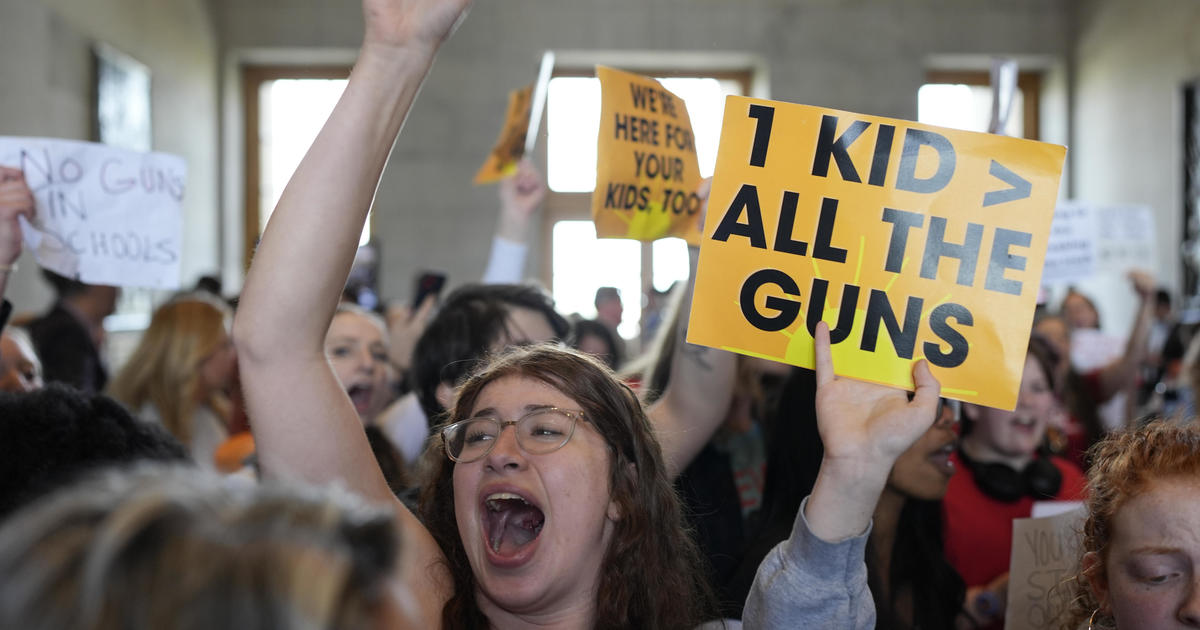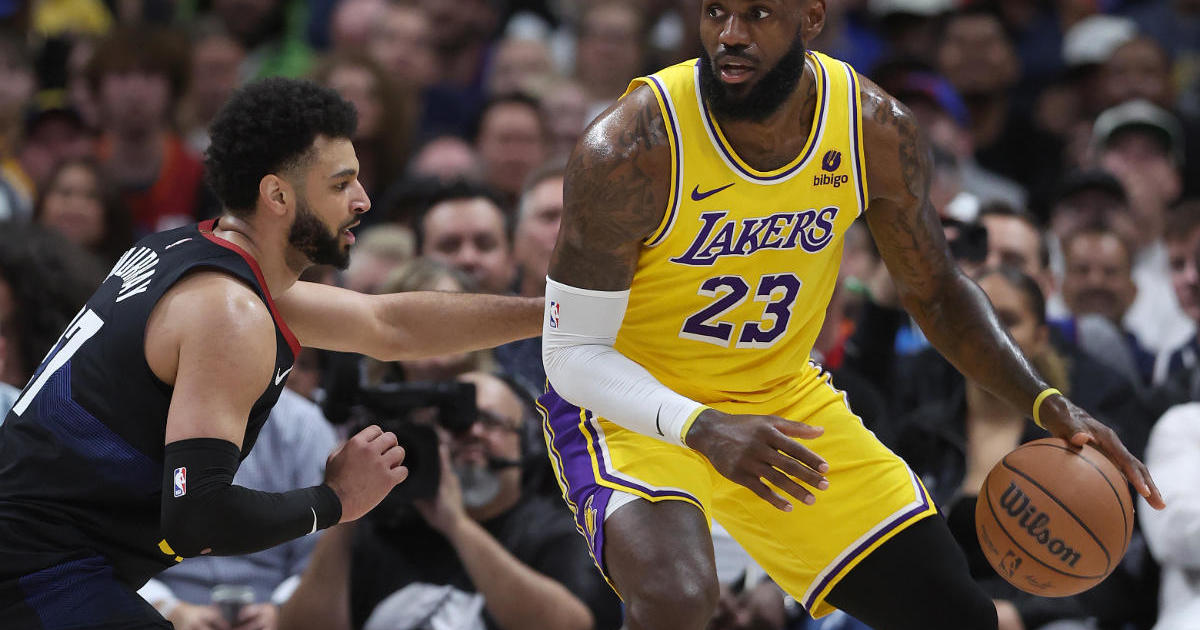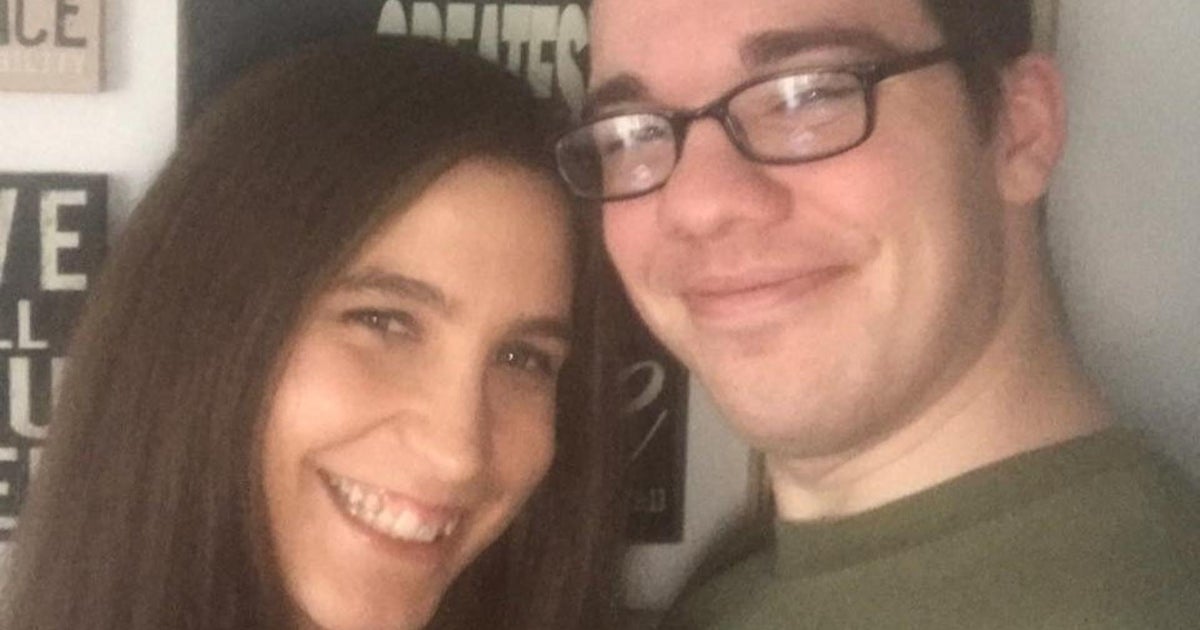How to watch the Nevada caucuses on Saturday
Nevada Democrats will vote for their preferred candidates in caucuses on Saturday, the third nominating contest, after Iowa and New Hampshire. Nevada is a far more diverse state, and a victory could show a candidate's strength among Hispanic voters in particular.
As was the case in Iowa, Nevada voters choose their preferred primary candidate through caucuses. However, there are some key differences between the two contests, and Nevada will be looking to prove it can competently carry out a caucus process after the Iowa Democratic Party's mayhem this year.
Around 70,000 Nevadans have already cast their ballot during the four days of early voting that were open from February 15 to 18. Early voters ranked candidates in order of preference.
The caucuses follow a fiery Democratic debate in Las Vegas on Wednesday evening, although it's not clear what impact the debate will have, since so many Nevada Democrats voted early.
How to watch
- What: Nevada caucuses
- Date: Saturday, February 22, 2020
- Time: Coverage throughout the day. Caucus sites open at 1 p.m. ET and are called to order by 3 p.m. ET
- Where to watch results: CBSN or watch on fuboTV (get a free trial).
- Analysis: Coverage of the results will be carried on CBSN and in the video player above.
- Live updates: Follow along with the CBSNews.com Nevada caucuses live blog.
- Download the free CBS News app for complete coverage of the 2020 presidential race.
In the caucuses held on Saturday, participants will fill out a presidential preference card with their first choice for president. If a voter's first-choice candidate doesn't attract a certain level of support from the caucus-goers (which is known as reaching the "viability threshold"), they can "realign," that is, pick another candidate who already has at least the viability threshold or join other voters to help someone else become viable.
The early votes will be added to the mix during the first vote tally. After the initial tally, any supporters who received less than the minimum threshold for the vote will be eliminated, and voters can shift to different candidates. This is where the ranked-choice voting comes in: for those early voters, the second and third preferences will be taken into account if their first preference falls short of the threshold and is "nonviable."
There is some concern that the Nevada caucuses could mirror the fiasco in Iowa, where the state party released no results on the night of the caucuses. The Nevada Democratic Party said last week that it was scrapping its plan to use the same app as the one that failed in Iowa. The party insists that its new tool is not an "app," like the abandoned software created by Shadow, the developer for the app at the heart of the delayed Iowa caucus results.
According to a memo from the party, it's not called an "app" because it's a "Google web form" — now referred to as a "caucus calculator." Early vote data will be relayed to precinct chairs either by paper or through the caucus calculator.
The reporting process is set up to be fairly low-tech. In memos released to the press and in caucus training sessions, chairs have been instructed to report results on the day of the caucuses by calling a "reporting hotline" with a secret passphrase and texting a photo of their documents to the state party.




